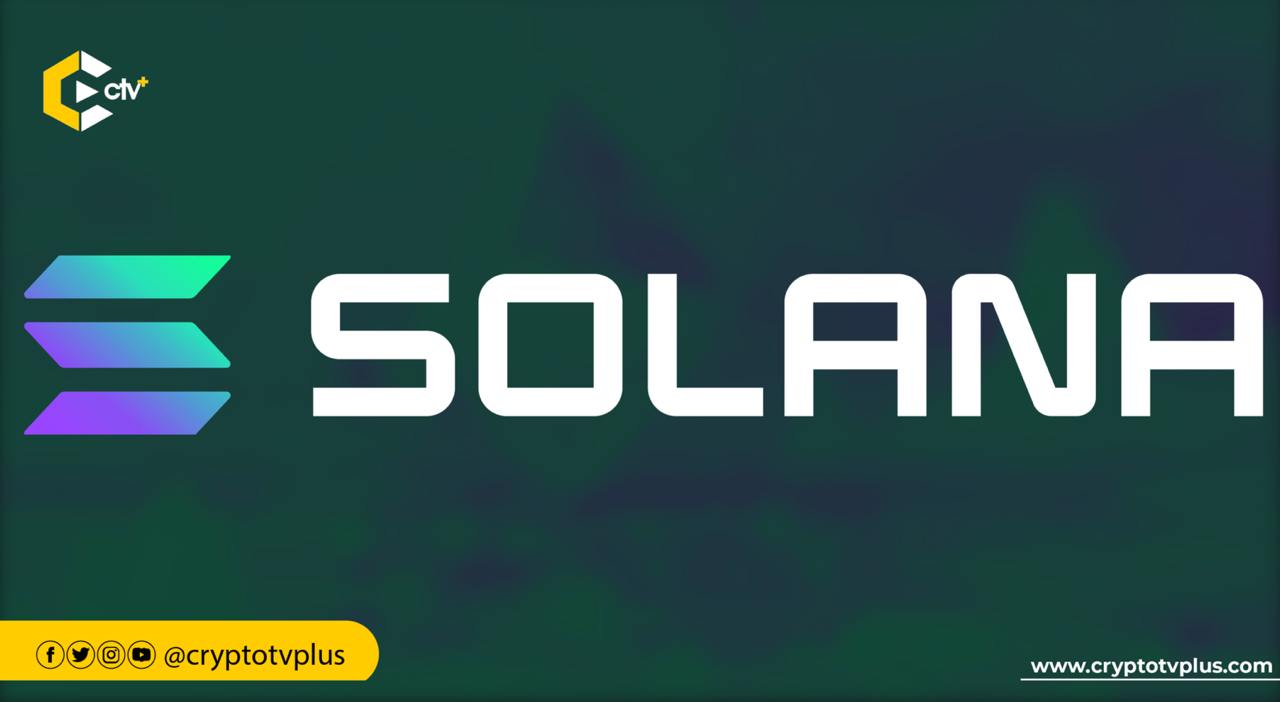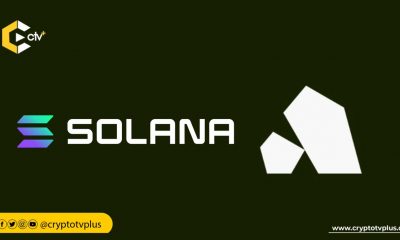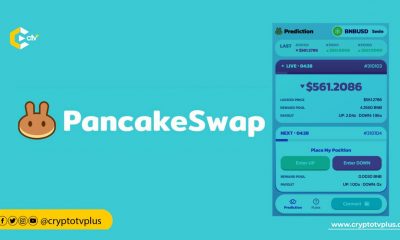News
Solana inflation cut proposal fails
The proposal to reduce the inflation rate failed, despite a significant voter turnout. Many see this as a testament to Solana’s governance strength. The vote marked a significant governance event in crypto history, with high participation across validators.

The proposal to reduce Solana’s inflation rate by as much as 80% failed. Under Solana’s SIMD-228, the system would dynamically adjust the inflation rate based on staking participation levels.
Despite stakeholders rejecting the proposal, many view this major shift in Solana’s inflation system as a testament to the strength of its governance.
“Even though our proposal was technically defeated by the vote, this was a major victory for the Solana ecosystem and its governance process,” commented Multicoin Capital co-founder Tushar Jain on March 14.
Dune Analytics reports that 74% of the staked supply participated in the SIMD-228 vote across 910 validators. However, only 43.6% supported it, while 27.4% opposed it, and 3.3% abstained.
Although 61.4% of voters favored the proposal, they failed to meet the 66.67% approval threshold.
Jain noted that, by both participation rate and market cap involvement, this vote marked the largest governance event in crypto’s history across all networks and chains.
“This was a meaningful scaling stress test—a social, rather than technical, stress test—and the network passed despite a wide stratification of diverging opinions and interests.”
“Solana SIMD-228 voter turnout was higher than every US presidential election in the last 100 years,” claimed the team behind Solana’s X account.
SIMD-228 proposed modifying Solana’s inflation framework to adjust dynamically based on market factors instead of following a rigid schedule.
Rather than allowing inflation to decline according to a set timeline, the new system would have adjusted rates dynamically depending on staking activity.
Under the current system, annual supply inflation starts at 8% and gradually decreases by 15% per year until it stabilizes at 1.5%.
Currently, Solana’s inflation sits at 4.66%, but Solana Compass reports that only 3% of its entire supply remains actively staked.
Excessive inflation can intensify sell-offs, devalue SOL, and discourage network usage.
The proposed system would have allowed inflation to fluctuate based on staking levels, aiming to stabilize the network and prevent excessive token distribution.
Helius argued that the proposal could have strengthened security by increasing inflation when staking participation declined, introduced a more flexible system that reacts to staking levels, and encouraged greater SOL adoption in DeFi.
While the model offered benefits, its downsides included reducing profitability for smaller validators, increasing structural complexity, and creating potential instability due to sudden staking participation changes.
At the time of writing, SOL had dropped 1.5% for the day, trading just under $125 with minimal market reaction.
The memecoin bubble’s collapse has dragged SOL down by nearly 60% over the past two months.
Solana has experienced a steep revenue decline of more than 90% due to its heavy reliance on memecoin-related transactions.
VanEck’s digital asset research head has warned that the upgrade could increase financial pressure on network validators.























1 Comment